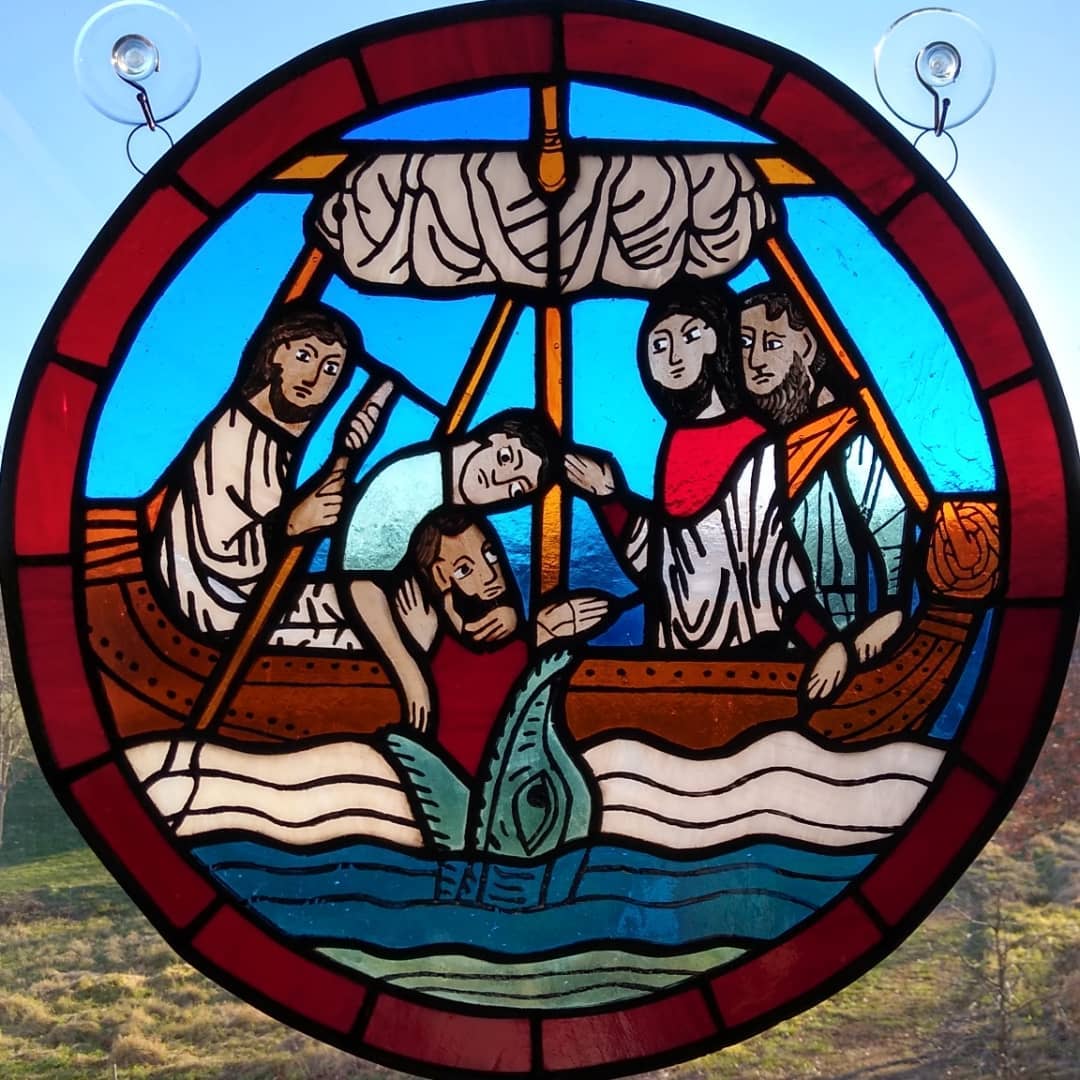13 - Streams and Flooding#
13.1 - What Are Stream Systems?#
The amount of water flowing in a stream at any given time is called its discharge, which is measured in cubic meters per second (\(m^3/s\)).
A hydrograph shows the change in discharge over time.
A drainage basin is an area in which all drainages merge into a single stream or move to a single body of water.
A ridge between two basins is the boundary between water flowing into different drainage basins and is a drainage divide.
The stream order system is a tree-based hierarchy for steams, where first-order stream has no tributaries, a second-order stream is formed by the convergence of two first-order streams, and so on.
There are a number of drainage patterns that channels may form, including
A dendritic drainage pattern is where the channels form a tree-like drainage pattern.
A radial drainage pattern is where drainages flow downhill and outward from a fairly symmetrical mountain.
A centripetal drainage pattern is when drainages flow inward from several directions.
A structurally controlled pattern is where erosion along fractures, tilts, or folds can produce a drainage that follows a layer or structure, and then cuts across a ridge at a near 90 degree angle to follow a different feature, forming a trellis drainage pattern.
13.2 - How Do Streams Transport Sediment and Erode Their Channels?#
The amount of sediment carried by a stream is called its stream load.
Fine materials can be suspended in moving water, where these materials are called the suspended load.
Sand gains can roll along the bottom or be picked up and carried down-current by bouncing along the streambed in the process of saltation.
Larger cobbles and boulders generally move by rolling and sliding in times of high flow in a process called traction. The size of the largest particles that can be transported are called the stream’s competence.
Material that is bounced, rolled, and slid along the streambed is the bed load.
Some chemically soluble ions, such as calcium, sodium, and chlorine, are dissolved in the water and transported along with it as the dissolved load.
The following processes erode material in streams:
In the process of abrasion, grains move downstream and collide with obstacles, where they chip, scrape, and sandblast pieces off the streambed. Abrasion is concentrated on the upstream side of obstructions.
Concentrated erosion can occur when water and sediment swirl in small depressions, carving bowl-shaped pits called potholes.
Soluble material in the streambed can be removed by dissolution.
Water moving smoothly in parallel layers is called laminar flow. Fast flow through rough, obstruction-filled streams is called turbulent flow.
Streams that are carved into the bedrock are called bedrock streams and are common in mountainous areas. These streams cut out steep canyons in the process called downcutting.
13.3 - How Do Streams Change Downstream or Over Short Time Frames?#
A stream flows downhill from its headwaters to its mouth. The direction of flow from high elevations to lower ones is called downstream.
A perennial stream is one that flows all year. Intermittent streams flow every year but are seasonal. Ephemeral streams flow only after storm events.
13.4 - What Factors Influence Profiles of Streams?#
The lowest level to which a stream can erode is its base level.
The following factors influence a stream’s profile:
Rock type
Tectonics
Sea level
Climate
Stability of conditions
If conditions in a stream remain stable it may approach an equilibrium profile. We call such a stream a graded stream.
13.5 - Why Do Streams Have Curves?#
The amount that a channel curves for a given length is its sinuosity and can be calculated by dividing channel length by the down-valley length.
Braided streams are characterized by a network of interweaving, sinuous channels, but the overall channel can be fairly straight.
A single channel stream that is gently curved is referred to as a low sinuosity stream.
Meandering streams have channels that are very curved. These streams have high sinuosity, and the types of bends are called meanders.
A channel is shallower and the water velocity is lower on the inside of a bend, causing sediment to be deposited on the inside of the bend in a crescent-shaped deposit of loose sediment called a point bar.
13.8 - What Features Characterize Low-Gradient Streams?#
Meandering rivers leave behind depressions called meander scars, that become oxbow lakes when filled with water.
Many streams have older floodplains perched above and outside the current floodplain called terraces. The steep slope separating adjacent terraces or a terrace from a floodplain is called a bluff or a riser.
Some low-gradient streams have islands between several strands of the channel that split and rejoin. These channels are called anastomosing channels, which are distinct from meandering, braided, and straight channels.
